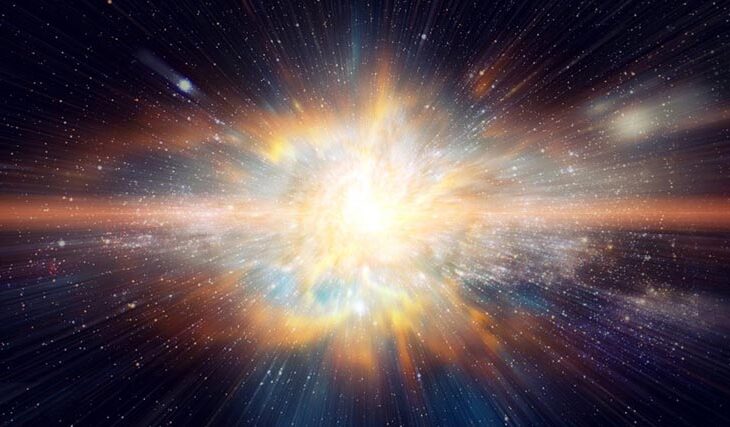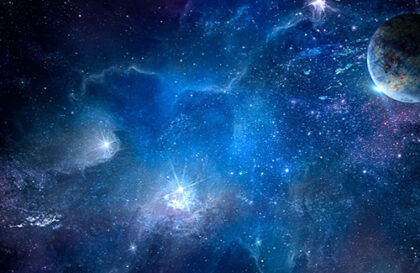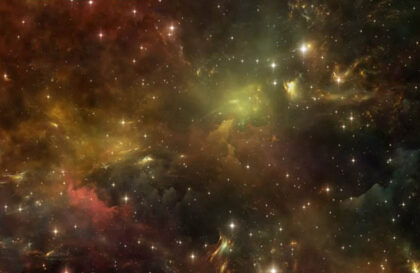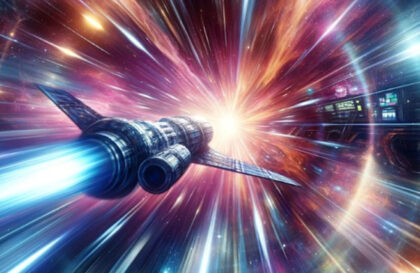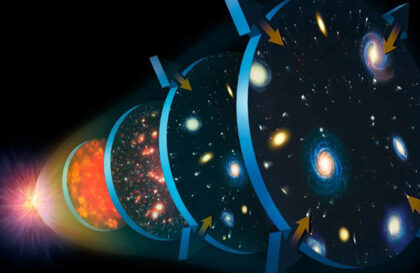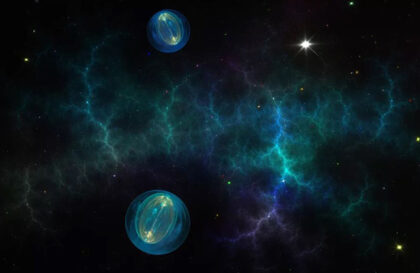H-II radiation
Hydrogen is the most abundant element (or molecule) in the universe, and since hydrogen nuclei are just single protons, suffice it to say that proton science has a lot to teach us about the distribution of matter and the brutal mechanisms that govern some of the most energetic phenomena in the cosmos.
Star-forming nebulae filled with hydrogen gas in deep space are called H-II regions. This designation refers to the ionization of hydrogen by ultraviolet light from young stars, where the energy of ultraviolet photons is sufficient to knock an electron out of a hydrogen atom, leaving only a proton. When an electron is reduced by a proton, it emits a characteristic photon of light with a wavelength of 656.3 nanometers, which is known as H-II radiation.
Proton-proton chain
Protons play a key role in the vital process that takes place in the core of the Sun, known as the proton-proton chain. Inside the Sun, the temperature reaches 27 million degrees Fahrenheit (15 million degrees Celsius), which is hot enough for nuclear reactions to take place. Under such conditions, all atoms become ions, and since the Sun is composed mainly of hydrogen, the core of the Sun is filled with protons.
The process of the proton-proton chain involves the fusion of two protons located in the core of the Sun, with the release of a neutrino and a positively charged positron, which is the antiparticle of the electron. This process plays a crucial role in the production of energy in the Sun and causes the emission of sunlight and heat.
Sunny wind
The solar wind, a stream of charged particles escaping from the solar atmosphere, includes protons, along with electrons and other atomic nuclei. When the solar wind encounters a planetary atmosphere, such as the Earth’s atmosphere, protons and electrons travel along magnetic lines towards the planet’s poles, interacting with the atoms and molecules in the atmosphere. These particles stimulate atoms and molecules to glow, which creates auroras such as the Aurora Borealis and Southern Lights on Earth, the auroras on Jupiter and Saturn.
Sometimes solar flares occur on the Sun, which can lead to a coronal mass ejection. These powerful events are capable of accelerating protons to very high energies. Such “particles of solar energy” are accelerated to near the speed of light as they move away from the Sun, and can pose a radiation hazard to astronauts and passengers on high-flying aircraft.
Cosmic radiation
There are also high-energy protons and alpha particles coming from the far reaches of space. These “cosmic rays” have tremendous energy, traveling almost at the speed of light, but their origin remains a mystery.
They are supposed to be accelerated by powerful magnetic fields, and among the main suspects in this process are the active nuclei of galaxies and the black holes located inside them. In addition, options are being considered, including the remnants of supernova explosions and dense regions where star formation occurs, as possible sources of these particles directed in our direction.
Image credit:
https://www.iaea.org
https://www.innovationnewsnetwork.com
